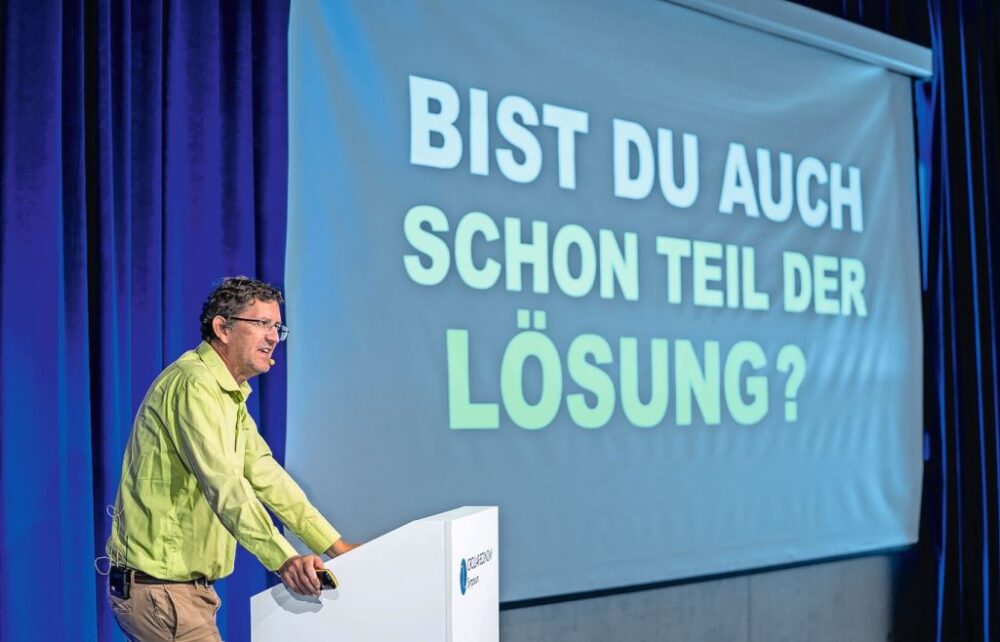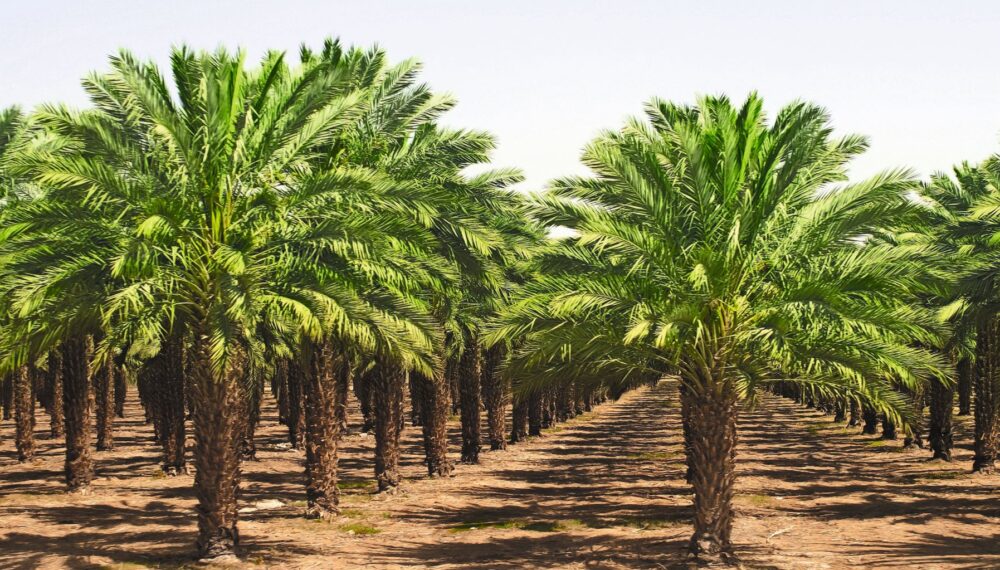Breakthrough for flexible solar cells
An EU-wide project in which Empa was also involved succeeded in bringing the roll-to-roll process for light modules to market maturity. This is considered a breakthrough for flexible solar cells and bendable LED surfaces.

In November 2012, the EU project TREASORES (Transparent Electrodes for Large Area Large Scale Production of Organic Optoelectronic Devices) was launched with the aim of noticeably reducing the production costs of organic components such as solar cells and LED panels. The project was funded with 9 million euros from the European Union and another 6 million euros from the partners' own resources. It yielded seven patents, a dozen scientific publications and significant contributions to international standardization organizations.
Flexible electrodes and novel barrier films
As the most important result, the project has developed production processes for different types of transparent electrodes and barrier materials for the next generation of flexible optoelectronics and, in a second step, scaled them up for industrial production. Three of these electrodes on flexible substrates - based on either carbon nanotubes, metal fibers or thin silver films - are already in commercial production or are expected to hit the market this year. The next generation of light sources and solar cells will be manufactured using roll-to-roll fabrication, for which the new electrodes are particularly well suited. A roll with OLED light sources and project logo was produced by such a roll-to-roll process at the Fraunhofer Institute for Organic Electronics, Electron Beam and Plasma Technology in Dresden FEP on a thin silver electrode developed by Rowo Coating GmbH as part of the project.
Flexible light sources - pretty and inexpensive at the same time
Such process technologies will significantly reduce the prices of light sources and solar cells in the future, but require flexible and transparent electrodes and waterproof barriers, which were also developed within the TREASORES project. The project electrodes are already as efficient and transparent as electrodes of the current technology (based on indium doped tin oxide, ITO), in some cases they are even superior to these electrodes. However, they can be produced more cheaply and do not rely on the import of increasingly rare indium.
Tomasz Wanski from Fraunhofer FEP confirms that the new electrodes have achieved extremely homogeneous light sources even on larger surfaces with an efficiency of 25 lumens per watt - just as good as equivalent components of previous OLED technology, which are produced on individual films using a slower production process. In the course of the project, new test methods for the bending strength of electrodes were also developed at the National Physical Laboratory in the UK - this test could lead to a new standard in this field.
Special films protect the electronics from oxygen
Another success of the project was the production, testing and upscaling of the production of new transparent barrier films - meaning plastic films that prevent oxygen and water vapor from penetrating and destroying organic components. The company succeeded in producing efficient and cost-effective barriers, which are expected to be further developed and marketed by the Swiss company Amcor Flexibles Kreuzlingen. Such non-permeable barriers are essential to achieve the long lifetime of organic solar cells and light sources needed for commercial success.
As confirmed with a life cycle analysis (LCA) performed in the project, solar cells are only commercially and environmentally viable if both efficiency and lifetime are sufficiently high. By combining the production of barriers and electrodes instead of using two separate plastic substrates for them, production costs can be further reduced and the devices made thinner and more flexible.Optoelectronic devices have active layers of only a few hundred nanometers - less than 1 percent of the diameter of a human hair - and even small surface defects or invisible dust particles can reduce device efficiency or lead to inhomogeneous luminous area and short lifetime.
Knowhow of 15 partners from five European nations
The TREASORES project combined the expertise of nine companies and six technology institutes from five countries and was led by Frank Nüesch of the Swiss Federal Laboratories for Materials Testing and Research (Empa). "I look forward to seeing the first commercial products from the project on the market this year," says Nüesch.
Michael Niggemann, CTO of the solar cell manufacturer Eight19 in Cambridge is also enthusiastic: "The TREASORES project was a success for Eight19, as it made important contributions to reducing the production costs of our solar cells. We have thus taken a decisive step towards the commercialization of organic solar cells -based on a technology developed in Europe."
The research project was financially supported by the Seventh Framework Program of the European Union, contract number 314068.









